Texas is a big state with many National Park Service-managed properties, including national seashores, monuments, and the state’s official National Park.
Table of Contents
The 13 Texas National Parks
The recreational areas, rivers, and so much more provide a fantastic opportunity for family or friend outings. If you enjoy nature as much as I do, you will enjoy the natural creatures and scenery. It’s just breathtaking, but it’s also a little risky, so proceed with caution.
Texas Diamondbacks are not to be trifled with! I am a native Texan who has yet to witness all of the state’s natural splendor. Not only is the environment stunning, but if you’re a history geek like me, you’ll appreciate the historical information available at each of these spots.
Because this state is so huge, it may take you several trips to see everything. However, at least one of these Texas National Parks should be visited. Make your travel arrangements now!
Big Bend National Park
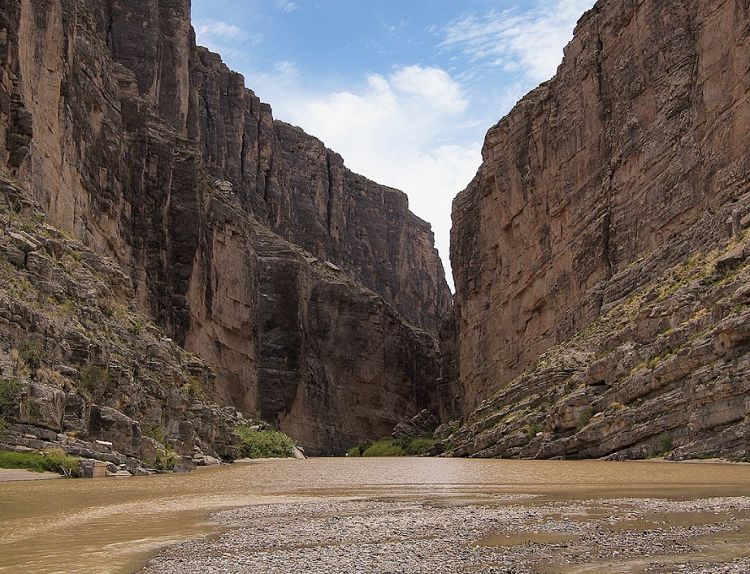
Big Bend National Park in far West Texas appears lonely and uninviting at first glance. But if you venture out into its thorny folds equipped with plants that poke, scrape, and stab, you’ll find stunning geologic structures and a diverse spectrum of fauna, including javelina, tarantulas, black bears, snakes, and mountain lions. Backpack the park’s South Rim, high in the Chisos Mountains, float the Rio Grande’s café-au-lait-colored waters or explore the desert plain and its historic farming and ranching remnants.
Big Bend National Park, the largest of Texas’ national parks, covers 801,100 acres, so you won’t find many people. The best time to visit is from November to April, which is understandable given that summer temperatures can reach over 100 degrees.
Amistad National Recreational Area
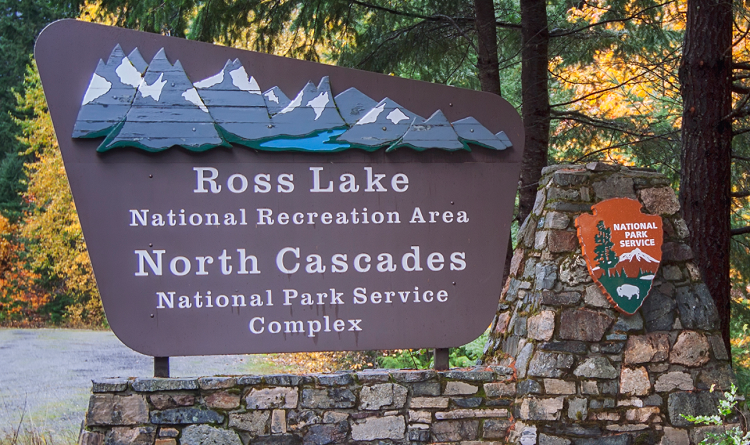
Del Rio, Texas is the location of this lovely property. Amistad is the US portion of the International Amistad Reservoir, which has been described as “an oasis amid the desert.” Amistad is derived from the Spanish word “friendship.”
Boating, swimming, picnics, camping, hiking, and petroglyphs are all popular activities in this national recreation area. Amistad is also home to a diverse range of plant and animal species, as well as rich underwater biodiversity.
Watersports, camping, hiking, rock art viewing, hunting, and a visit to the Rough Canyon Marina are just a few of the reasons to go.
Enchanted Rock State Park
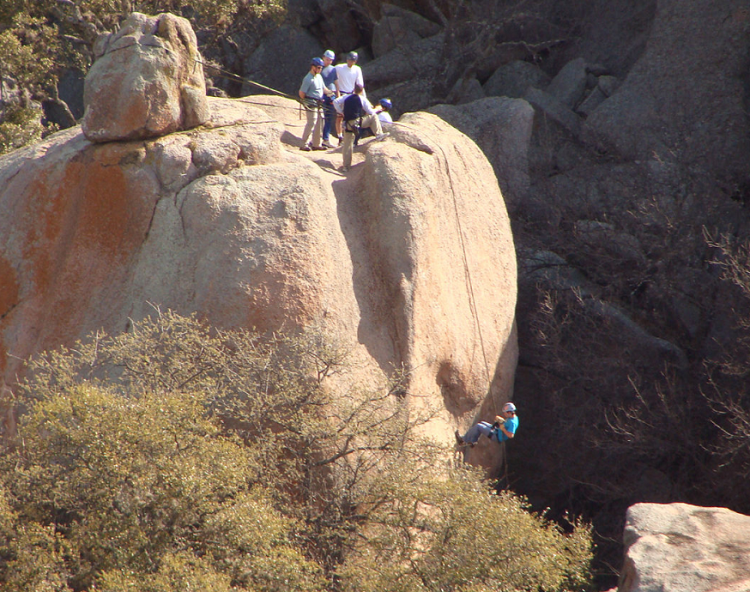
Half-buried in the Hill Country brush, Enchanted Rock looms like a huge pink onion. A lake of magma rose through the earth’s surface a billion years ago, hardening into a granite batholith.
Most people rush to the summit of the 425-foot dome in 30 or 45 minutes, passing through fragile vernal pools, where water accumulates in shallow holes and provides a home for freshwater shrimp. The loop route that encircles the main attraction, however, is not to be missed.
Pitch a tent in one of the basic campsites near Moss Lake and watch the sun create a pink glow on the rock—and perhaps hear the creepy creaking and groaning that some people claim to hear at night.
Alibates Flint Quarries National Monument
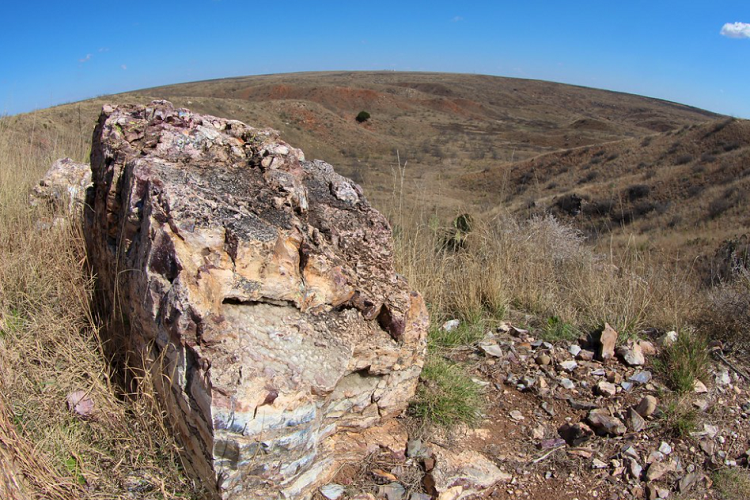
This site was the finest spot to get the best stone for tool making thirteen thousand years ago. The beautiful flint found in the Texas panhandle has never lost its value or purpose, despite millennia of use.
Plan a visit to learn how important this location was to the High Plains’ survival and culture. The magnificent stone of Alibates Flint has affected the cultures of the Texas Panhandle for ages. The magnificent flint, Alibates Museum exhibits, and Petroglyphs (rock art created by the Antelope Creek people) are just a few of the reasons to visit!
Big Thicket National Preserve
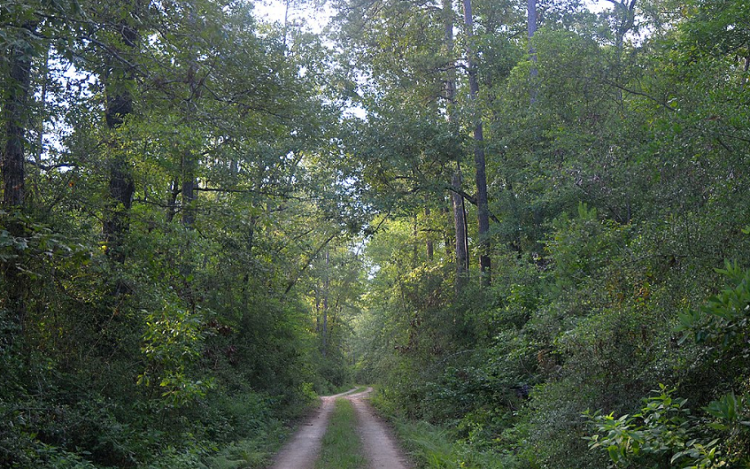
The Big Thicket, in Beaumont, has always been a special location. Many Native American tribes and early European settlers used the woodlands as a hunting place in the past.
In southeast Texas, this national preserve protects the wonderfully diverse biodiversity that coexists in multiple ecosystems. Hiking routes and waterways weave their way across nine distinct habitats. The Big Thicket is a wonderland, a place to explore, and a place to admire nature’s splendor.
Garner State Park
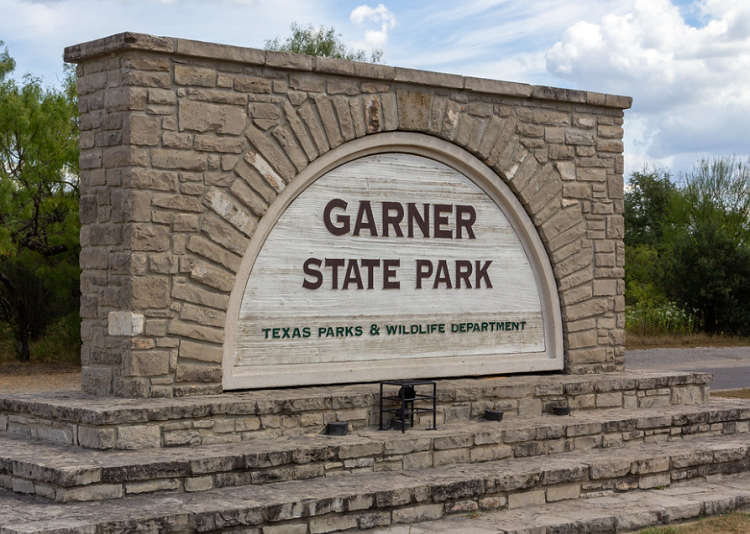
Float or swim in the cool waters of the cypress-lined Frio River at Garner State Park during the day.
By night, visitors to this iconic Texas park have been dancing to the strains of a jukebox on the outdoor pavilion built by the Civilian Conservation Corps, much as they have done since the 1940s.
The climb up to the summit of Old Baldy, where you can take in the vistas of the river below, is not to be missed.
Lyndon B. Johnson National Historical Park
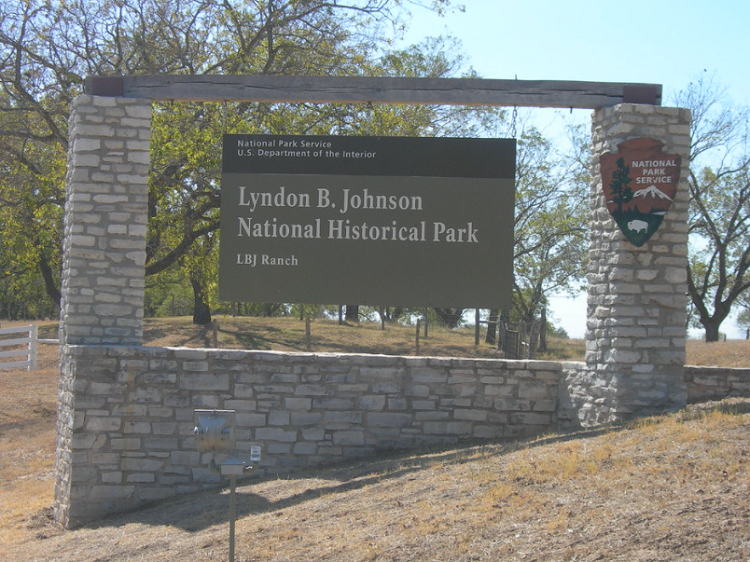
Consider Lyndon B. Johnson National Historical Park a two-in-one immersion into rural Texas life in the 1950s if you’re seeking a history lesson on your next park visit.
Drive 14 miles to the LBJ Ranch and Texas White House, where you can see his birthplace, a show barn, a little schoolhouse, and the Texas White House (which is temporarily closed to indoor tours due to structural issues).
Imagine the former president, who was infamous for playing practical jokes on his visitors, such as the time he put dignitaries into a car, rolled it down a hill, and into a pond, yelling that the brakes had failed.
He didn’t tell them it was an amphibious vehicle, which could drive on roads as well as float in water. Early April is the best time to visit to see the yearly bluebonnet show.
Chamizal National Memorial
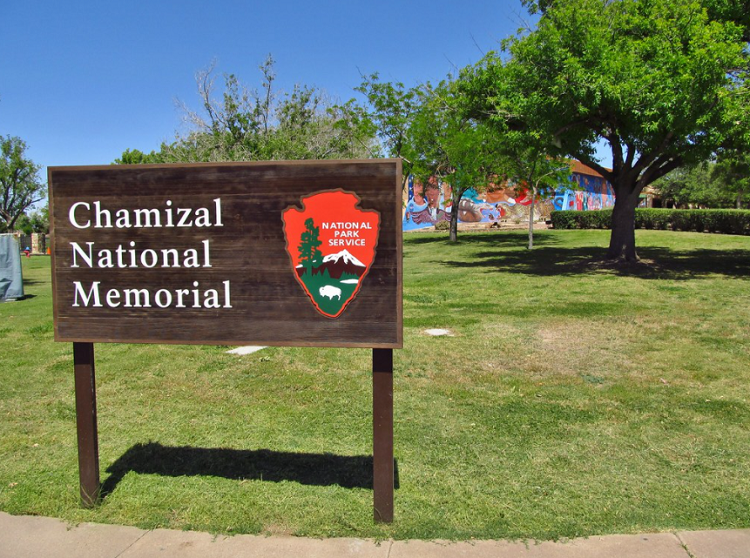
This National Park Service landmark, located in El Paso near the US–Mexico international border, commemorates the peaceful resolution of the Chamizal boundary dispute, a century-long border dispute between the US and Mexico.
The 54-acre memorial park primarily acts as a cultural hub, including art galleries, a theatre, and a museum detailing the history of the US–Mexico border. The borders’ cultures are cherished to encourage the same mutual respect that helped diplomatically resolve an international disagreement.
Padre Island National Seashore
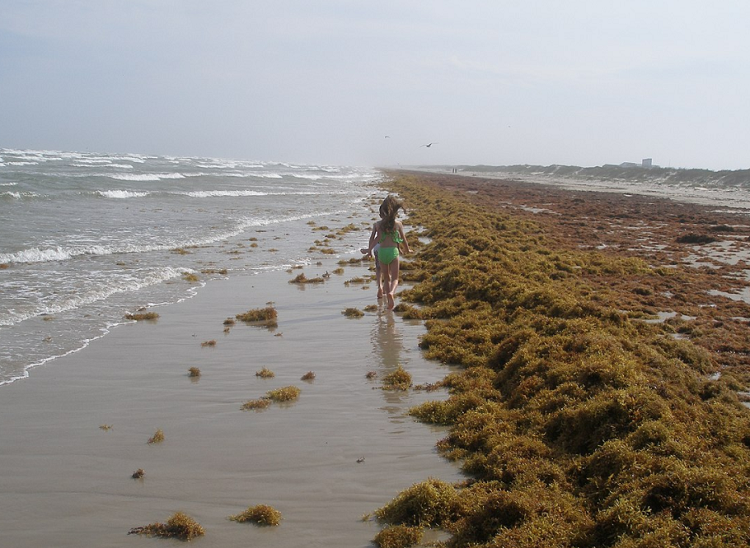
Grab your bikini and head to Padre Island National Seashore, which hugs the Texas Gulf Coast for 70 miles on the world’s longest stretch of the undeveloped barrier island.
Splash in the ocean, witness Kemp’s Ridley sea turtle hatchlings race over the sand as scientists release them into the wild, and view birds (including the Pepto Bismol-colored Roseate spoonbill).
Many a Spanish ship has sunk off the coast, and guests who want to sleep on the sand can set up a tent right on the sand.
Fort Davis National Historic Site
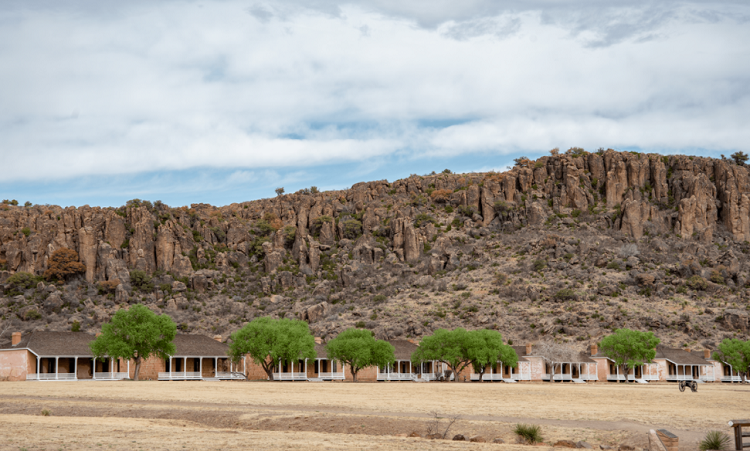
Fort Davis is an excellent example of a military outpost in the Southwest. Fort Davis was strategically located from 1854 until 1891 to safeguard emigrants, mail coaches, and freight wagons on their way to California in search of gold.
The federal administration withdrew Fort Davis when the Civil War broke out and Texas seceded from the Union. Confederate troops occupied the fort from the spring of 1861 through the summer of 1862. After that, Union soldiers reclaimed control.
The Fort Davis National Historic Site contains 24 restored historic buildings as well as over 100 ruins and foundations. Five of the fort’s 24 structures have been restored to the 1880s, allowing visitors to imagine themselves at the fort’s zenith of development.
The tourist center serves as the starting point for a self-guided tour of the fort. A living history demonstration is also available. During the summer, these are fairly common.
Guadalupe Mountains National Park
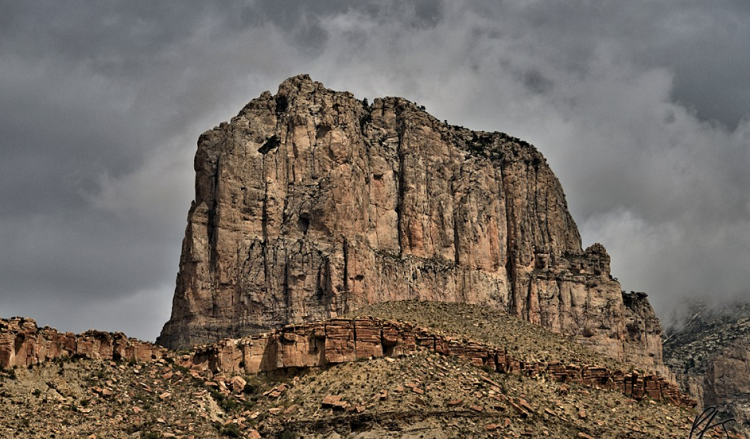
When visiting Guadalupe Mountains National Park, be sure to bring your hiking boots because the park is home to Texas’ highest point, Guadalupe Peak, which stands at 8,751 feet.
The 8.4-mile round-trip quad-busting trek gains 3,000 feet in elevation, but the vistas of the surrounding mountains and desert bottom are breathtaking once you reach the Top of Texas. Also, don’t overlook the park’s other trails.
The remnants of hardwood forests in McKittrick Canyon blaze with color in the fall, and the Devil’s Hall Trail, which is steep and rough, will put your rock-scrambling skills to the test.
Palo Duro Canyon State Park
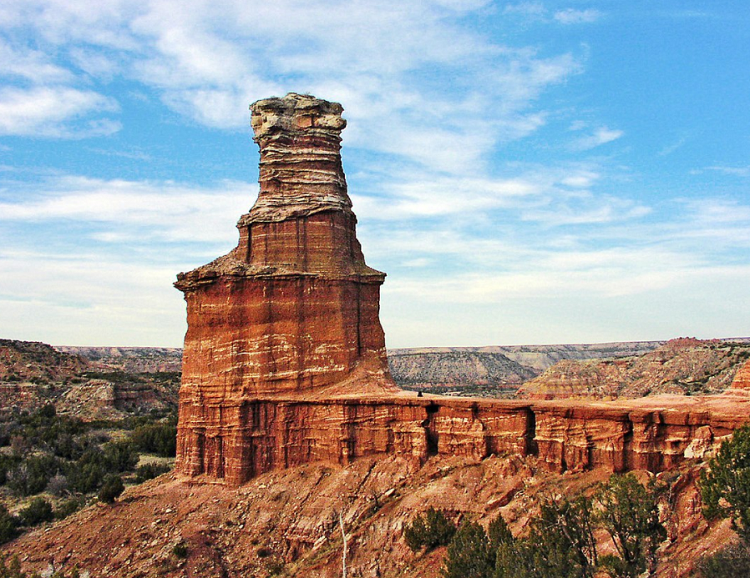
Palo Duro Canyon, a 120-mile ravine that cuts through Texas’ panhandle and is the country’s second-largest canyon, was carved out by water from the Red River’s Prairie Dog Town Fork.
The Texas Outdoor Musical, an alfresco show combining humans and horses that takes place in the park’s amphitheater each summer, is set against the craggy red and yellow-tinged rocks.
Climb the park’s famed Lighthouse formation, a 310-foot pinnacle that appears as it belongs on a seashore peninsula, for a six-mile roundtrip hike. This land is hardscrabble and baked, and it will remind you of the harsh conditions that its first settlers faced.
Visit the Panhandle-Plains Historical Museum in nearby Canyon for more information.
Rio Grande Wild and Scenic River

This river is a major tributary of the Rio Grande in Southwest Texas. The Rio Grande is either the fourth or fifth largest river system in the United States, depending on how it is calculated. The International Boundary and Water Commission estimated its overall length to be 1,896 miles in the late 1980s.
Make a float trip a reality! A successful float trip on the Rio Grande Wild & Scenic River requires careful planning and preparation. Please make sure you have the necessary equipment and are familiar with river restrictions and warnings. The Mariscal Canyon, Boquillas Canyon, and the Lower Canyons are the three canyons to visit.
Leave a Reply